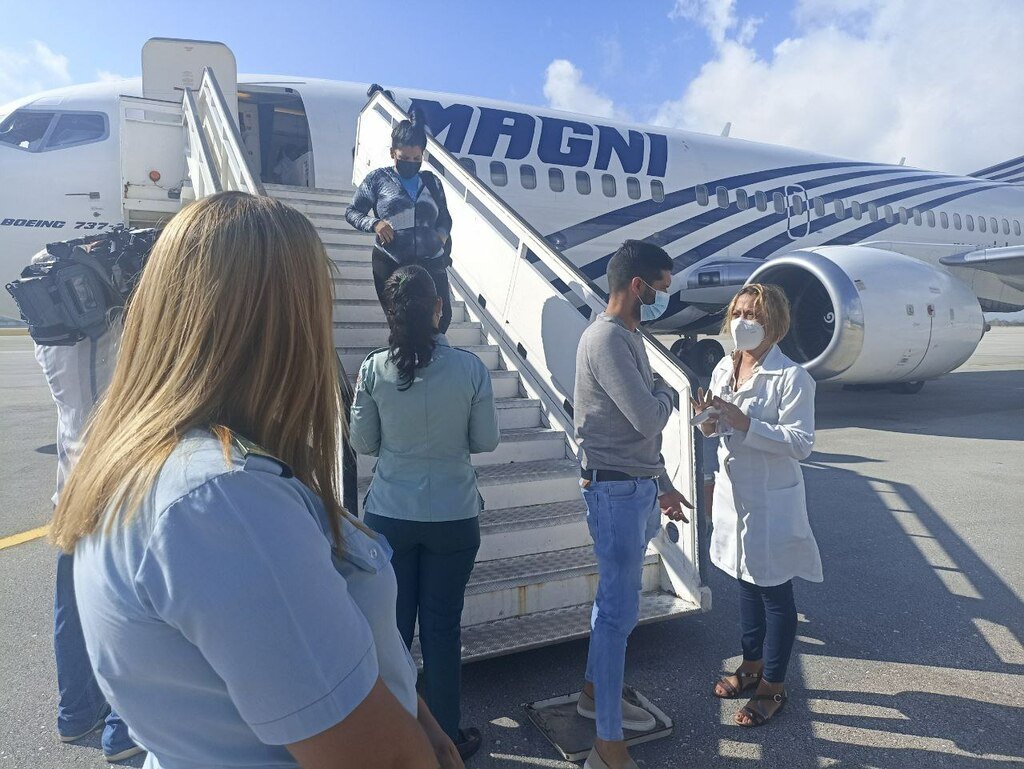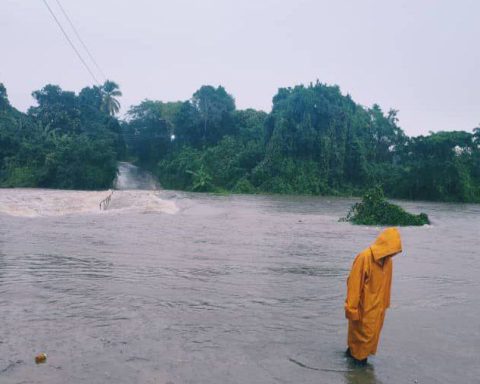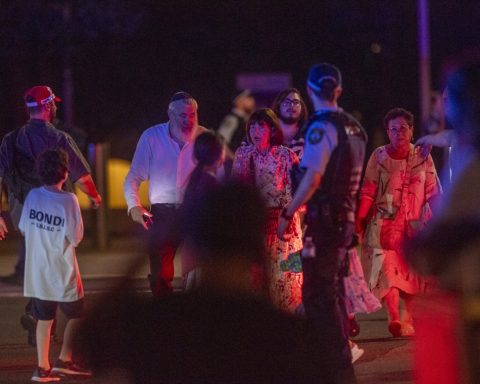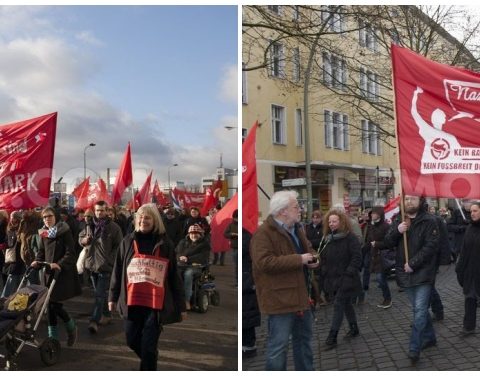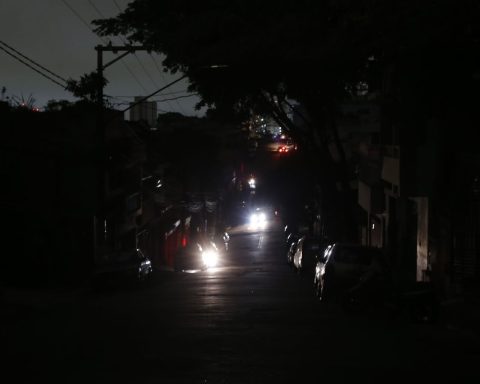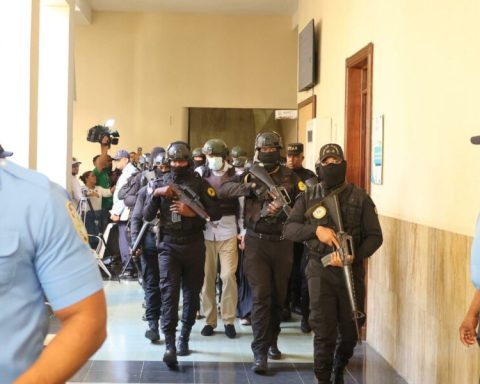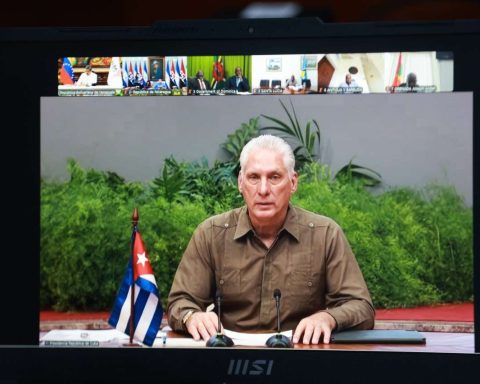The government of Mexico returned this Wednesday a group of 32 Cuban irregular migrantsthe same day that the fifteenth round of talks on the migration issue between the two nations concluded.
The group was made up of 24 men, seven women and one minor. They were transferred to their places of residence after undergoing PCR tests to detect COVID-19, according to a report from the state company Cuban News Agency (ACN).
This is the 13th operation carried out from Mexico so far this year, through which 891 migrants have returned to the island, intercepted in their attempt to reach the United States through Mexican territory, according to data from the Cuban immigration authorities. The Cuban government insists on a “legal, orderly and safe” migration.
Cuba considers the US immigration policy towards its nationals “cynical, destabilizing and abusive”
But, in recent months, the flow of irregular migrants seeking to reach the United States using the sea as routes or following different routes through Central America has grown notably. So far this year, the Bahamas, Grand Cayman, Mexico and the United States Coast Guard have returned a total of 1,506 people to Cuba, between maritime and air operations, according to ACN.
Cuba insists on demanding that the United States comply with the migratory agreements signed between the two countries and maintains that the Washington Administration has not complied with these agreements for four consecutive years with the commitment to grant a minimum of 20,000 annual visas to Cubans.
The general director of Consular Affairs and Cubans Resident Abroad of the Cuban Foreign Ministry, Ernesto Soberón, pointed out in a recent statement that one of the main factors that affect the phenomenon is Washington’s “unilateral and unjustified” non-compliance with bilateral agreements. on migration and the Cuban Adjustment Law in force since 1966.
Analysts consider the serious economic crisis that the country is going through as a factor with a strong impact on the phenomenon of the current irregular migration of Cubans. The combination of the pandemic, the tightening of the economic sanctions applied by the US to Cuba and the errors in macroeconomic management have generated shortages of basic products, famine, the partial dollarization of the economy and high inflation.
According to recent reports from the US Customs and Border Protection (CBP) agency, more than 46,000 Cubans arrived by land in that North American country from October 2021 to the end of February 2022, a figure of five months that exceeds the registration of 39,303 corresponding to the entire year 2021, according to Eph.
Efe/OnCuba.
